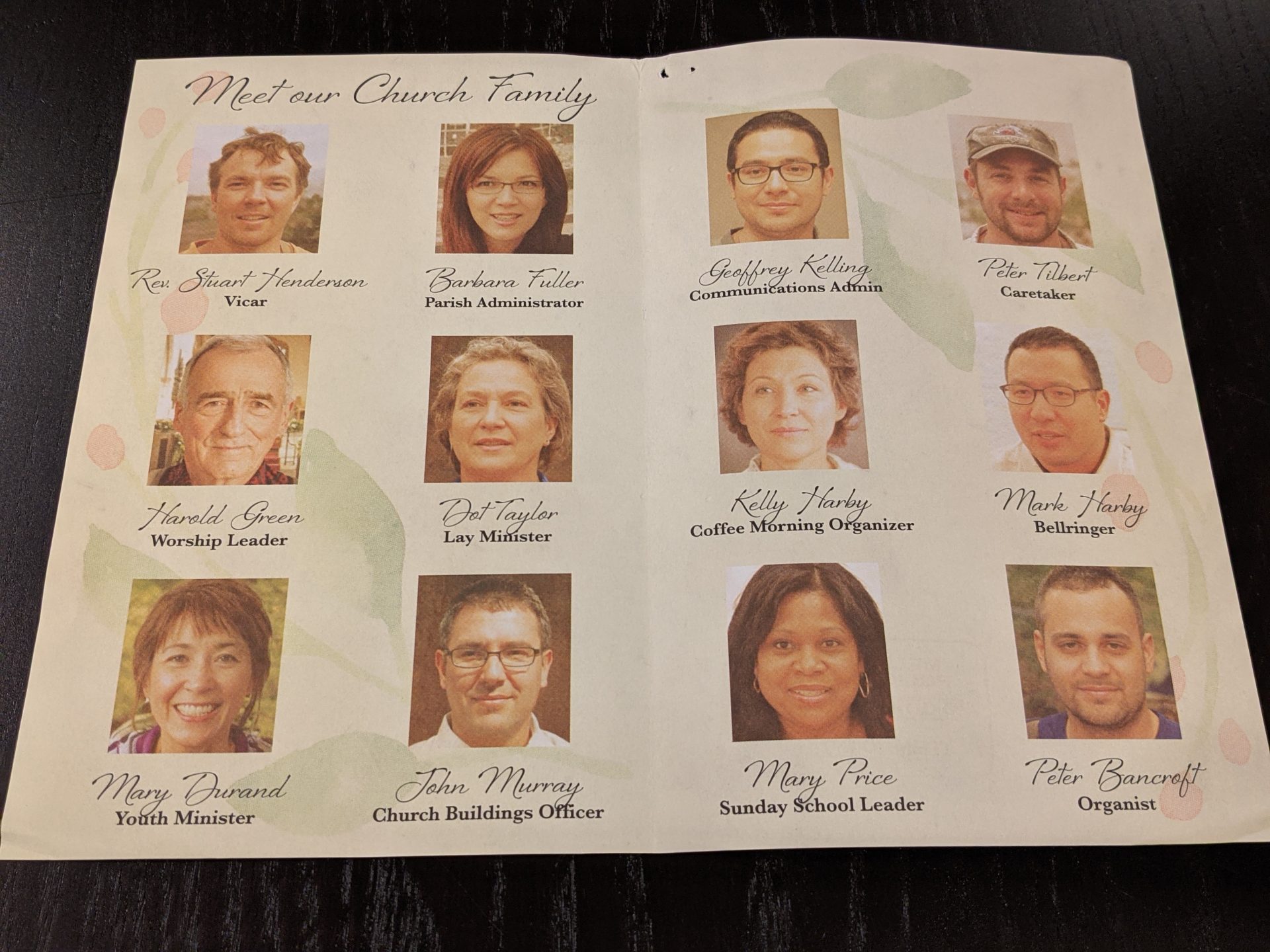I’m a big fan of ThinkFun, Inc. and their brain teaser family of games for all ages. Our family owns Rush Hour, Rush Hour Jr., Roller Coaster Challenge, and Zingo! 1-2-3, plus I’ve played a few other ThinkFun games when my kids have visited their friends’ homes.
Kids of all ages need games that stretch the mind, and even when helping my kids play a round of Rush Hour Jr., I sometimes need an extra minute or two (or five) to solve the current challenge at hand. I have been consistently impressed with their products, so when the opportunity came to preview ThinkFun’s new Cold Case series of games, I jumped at the chance.
The escape room/single-play mystery game field seems crowded to the point of possible oversaturation; the Exit: The Game product line, Unlock! from Space Cowboys, and many others are flooding the market with new ideas even as I push this review to publication. (We haven’t even mentioned that ThinkFun has their own series, Escape the Room, for larger groups too!)
Do the Cold Case games blaze a new trail or deepen a rich marketplace? Read on to learn about my spoiler-free experience with the first two games in the series.

Cold Case: A Story to Die For
I’ve been asked to revisit a dark, cold-blooded crime scene from 1988. Andrew Bailey, a promising young reporter for the local paper in fictional Camdale, England, was murdered one Friday morning at a local park. The crime scene left few clues for the local police force to chase down, so the case went cold. I’ve been brought in to re-examine crucial evidence.
Working alone, I have been given nearly 20 pieces of evidence—crime scene photos, police interviews and statements, newspaper clippings—to sort through in order to answer a few questions:
- Who killed Andrew?
- How was someone able to slip into, then out of, the crime scene undetected?
- What facts can you ascertain about the murder weapon?
- And why was some money missing from Andrew’s possession when the cops arrived that fateful day in 1988?
I spent about 90 minutes working through all of the evidence. A Story to Die For does a great job of creating an atmosphere of the situation Andrew was facing at the time of his murder. The backstory—which I can generally describe without spoiling the action—includes the Camdale city council, family members who have a strained relationship, and a local newspaper editor who knew Andrew’s father. There are interesting interviews that shed light on the events of the morning when Andrew was murdered as well as an overwhelming sense that Andrew might not be missed by that many people.
A Story to Die For was a little bit easier than the other Cold Case game in this review. There was a lot of reading, especially in the multi-page police interviews with various subjects the day after Andrew was murdered. As such, it felt a little better as a solo experience than having to wait for other players to read each interview, or worse, for someone (and that “someone” is always me!) to read each interview in a terrible British accent to add life to the proceedings.
I was really impressed with the way A Story to Die For was put together. Reviewing, then re-reviewing, all the evidence and then thinking about how the suspect could have gotten away with murder was in line with my other medium-weight brain burning experiences with ThinkFun products, with a decidedly more adult feel to the proceedings.
Very satisfying! On to my next case…

Cold Case: A Pinch of Murder
On July 9th, 1983, Harold “Harry” Green met an untimely demise while preparing to bake treats for his church’s annual fair in Melmbury, another fictional village in the United Kingdom.
Although it was clear to investigators at the time that Harry’s death was no accident, sorting out who was responsible for his death was too difficult for the Melmbury Constabulary, so the case went cold for decades.
That’s where you come in. By sorting through nearly 30 pieces of evidence, including pictures, evidence files, newspaper articles, and church newsletters, my wife and I tried to figure out the three main questions we needed to answer in order to solve Cold Case: A Pinch of Murder:
- Who killed Harry?
- Who stole his valuable antique watch?
- And, who stole the church donation box?
Although my wife and I don’t play a lot of escape room games, we enjoy cooperative experiences so it was great to spend an hour sorting through the evidence to figure out who might be the real killer. The storytelling in A Pinch of Murder was fun, even if it was only fleshed out enough for you to solve the case based on the perspectives shared through the various facts presented.
One of the more refreshing aspects of A Pinch of Murder is that, like the previous game in this review, the crime and the setting is based in the UK; revisiting 1983 but in, say, Chicago would have felt too familiar for an American like me. Even little details, like seeing some of the facts about how to make the treat that Harry was making the day he was murdered, are a little more interesting because everything is, well, British (where is the “Mark 2” setting on my oven? Oh right, we don’t have that here!). Of course, if you’re British then the novelty isn’t quite the same but even then the retro setting is interesting.
Solving A Pinch of Murder was harder for me to get my head around than A Story to Die For; we missed a fairly obvious detail on one of the three main questions, which I kicked myself for later, but it was still fun for both of us to look at each other like “how did we miss that?” (I’m sure vets of this kind of game will not miss what we did.)
Like the ending of A Story to Die For, A Pinch of Murder was a fun experience for our single play and the challenge level was right where I wanted to be for a light Friday evening.

The Cold Case Games: A Pleasant Evening
Both of these games fill a need in the hobby: casual, easy-to-absorb experiences that get you thinking without being taxing, and that can literally only be played once. (Also, both are fully “reloadable”, so after your play, you can give it to a friend or family member and they can try to solve the puzzle on their own.)
However, there are so many other games in this category. I won’t claim to be the expert in this space, but I have a few friends who dial up these games once a month. They go shopping, pick up a game like a Cold Case, and play it over a glass of wine and some murder mystery-themed music. Marketing these games to the right audience will be key to their long-term success, especially coming a bit late to the party.
In terms of gameplay, ThinkFun does an interesting thing with how you have to solve the crime in each game: the box only contains the evidence. You need to visit a website to enter your guess of who committed which crime, and when you are right, you get to move on to the second, or additional, questions. When you are wrong, the website points you to certain pieces of the evidence in order to review where you may have missed a fact or two.
That makes Cold Case games accessible for anyone, assuming you have an internet connection to check your answers. Plus, with just a few leading questions as the only real rules for the game, you can skip the “teach” to get these games to the table. It’s an experience, to be completed just once, and it’s easy to launch right into sorting through the facts.
When the case is over and completely solved, you get more backstory on what was really going on for the suspects in the case. Even though you will only be engaged for 60-90 minutes, it’s still great to get some closure.
ThinkFun also does a good job with both Cold Case games, in that players have the chance to enjoy an easy-medium-hard experience with each game. One question in each of these games is fairly easy to answer if you’ve been paying attention, which I liked. Other issues required a little more thinking. I enjoy experiences where, even when the going gets tough, you can have a couple moments of little victories, and Cold Case has that built in.

Solving the Crime
Where do I land on Cold Case? These are great gifts for both casual and core gamers, with the caveat that this works best as solo and two-player experiences given the amount of reading involved and the tone of each game. (If I had to pick just one of these two games, I would give A Story to Die For the slight edge because of the solution. And maybe because I got more of the solution right on my first try!)
At higher player counts, I think these games will become a little long, or a little easier (if the book The Wisdom of Crowds has taught us anything, it’s that group think will lead to better solutions!), depending on what you are seeking with Cold Case. I thought the mental lifting required in my solo play of A Story to Die For was ideal, because I read quickly and that allowed me to read all of the materials fully twice, and re-review a third time briefly, before making my guess.
Each Cold Case game can be completed in under two hours; for some, this might be even quicker than that. For A Pinch of Murder, we put the kids to bed on a Friday night around 8:30 PM then enjoyed going through the evidence and making our predictions by 10 PM when my wife typically goes to sleep.
“This was fun,” she reported on the way to bed. “And I’m glad [A Pinch of Murder] wasn’t too hard.”
A perfect, interesting and inexpensive date night. Check out both Cold Case games when you are looking for some mental exercise!












Add Comment